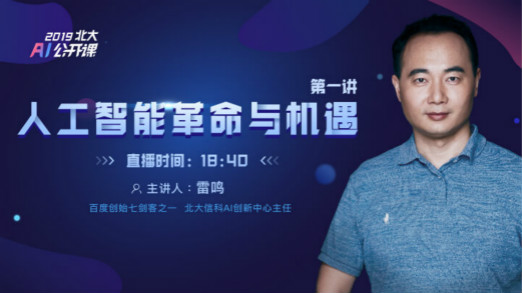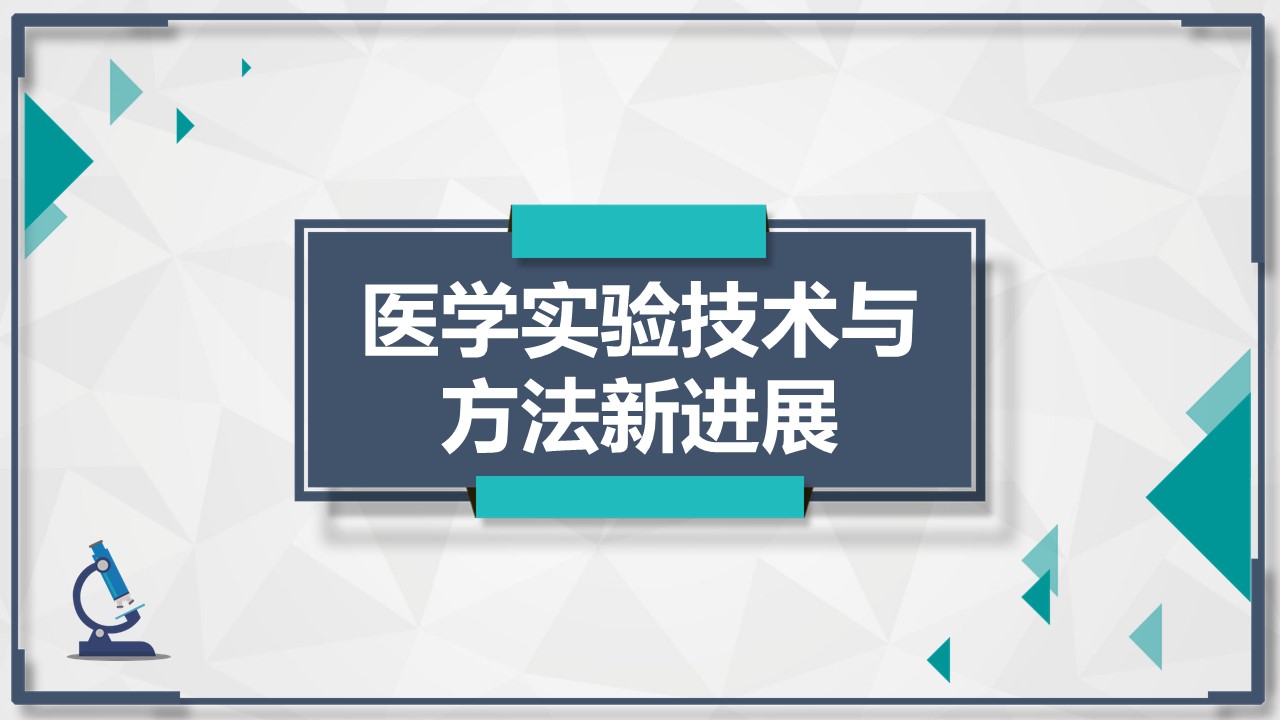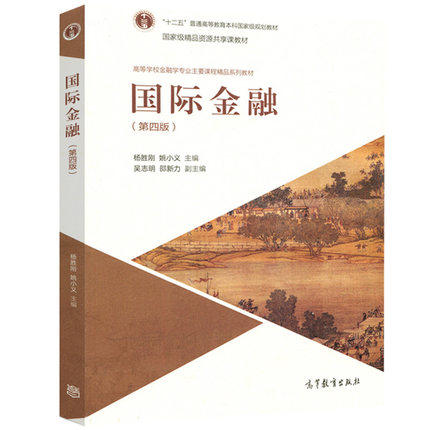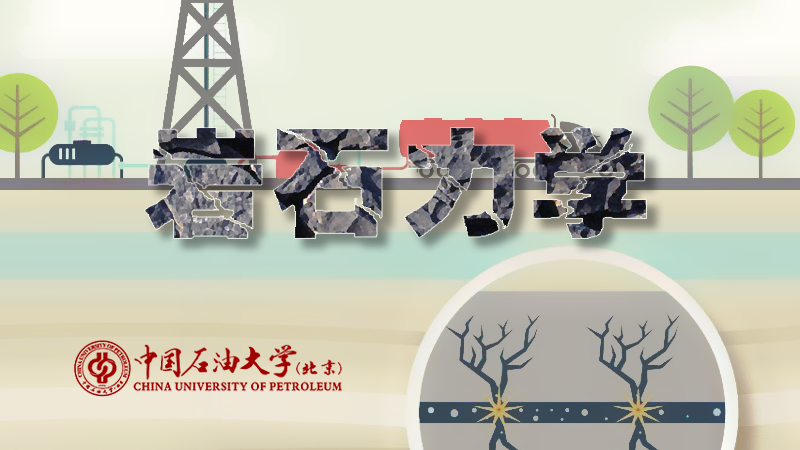
当前课程知识点:Green Economy from China's Stories > 6. Green Economy > 6.4.1 Formation and Application of Green Economy Development Thought > 6.4.1 Formation and Application of Green Economy Development Thought
返回《Green Economy from China's Stories》慕课在线视频课程列表
返回《Green Economy from China's Stories》慕课在线视频列表
大家好
欢迎进入
《绿色经济与中国实践》大课堂
谈到绿色经济发展思想
在中国的形成与应用
我们需要了解中国为何要发展绿色经济
我们先来看一下
中国发展绿色经济的重要性和必要性
第一 中国在城市化和工业化过程中
面临着各种各样的
由于不注重绿色经济发展所带来的环境问题
这些问题包括很多方面 比如环境污染
目前 中国在大气污染
水污染 土地荒漠化 生态多样性等方面均存在着环境问题
其中 大气污染和水污染问题尤为突出
健康问题方面
环境污染严重威胁着
公众的身体健康和生命安全
如空气污染可导致
敏感人群患各种呼吸疾病 甚至过早死亡
环境污染不仅威胁公众的健康
还会带来巨大的经济损失
第二 由于中国人口增长
和城镇化压力增大
并且使用资源对外依赖度比较高
绿色经济成为
实现可持续发展的必然选择
从2008-2016年我国人口总数
及结构变化情况图
以及2007~2016年我国能源消费总量
与原油对外依存度这两幅图中
我们可以看出来 中国的人口总数以较快的速度在增长
而尤为突出的是中国人口的高速增长
是在人口基数很大的情况下发生的
目前以及未来
中国人口老龄化将会加剧
资源也会伴随着人口的增加
和储量的减少日益紧张
原油 煤炭等资源的对外依赖程度将会越来越高
因此 必须走绿色发展之路
发展绿色经济
再者
中国经济正在经历
从旧常态到新常态的转折点
这一新常态的显著特征体现在三个方面的转变
分别是增长速度 产业结构和发展方式
在这一新常态下
中国经济
由追求量变切换到质变
绿色经济将会驱动资源高效配置
加快产业结构优化
推动产业转型升级
成为经济增长的新引擎
自改革开放以来
中国实现了
由农业国向工业化大国的快速转变
经济高速增长的同时
也付出了相当大的资源和环境代价
当前
中国经济已进入增速放缓
结构优化 追求质量的新常态
发展绿色经济成为了
这一经济转型关键时期的必然选择
2016年 十三五规划中
首次将绿色理念纳入
全面建成小康社会的指导思想
2017年
十九大报告中
再次强调绿色发展理念
并提出
“绿水青山就是金山银山”的科学论断
绿色经济已成为
我国国家战略规划中的重要内容
接下来我们看一下两山理论的形成
其实
“绿水青山就是金山银山”的科学论断
早在2005年就被提出来了
中国从2005年至今一直在不断地完善“两山”理论
现在 让我们一起来追溯一下
“两山”理论的形成与发展
首先是“两山”理论的提出
2005年8月15日
时任中共浙江省委书记的习近平
在安吉考察时提出
“绿水青山就是金山银山”
2005年8月24日
《浙江日报》“之江新语”专栏上
习近平同志发表
《绿水青山也是金山银山》一文
鲜明地提出
“既要绿水青山
又要金山银山”
接着 “两山”理论不断发展
2013年9月7日
习近平在哈萨克斯坦的纳扎尔巴耶夫大学演讲后
对“两山理念”做了一次最简明 最完整的定义
2014年3月7日 习近平在参加贵州审议团时强调
绿水青山和金山银山
绝不是对立的
关键在人 关键在思路
2015年3月24日
习近平主持召开
中央政治局会议
把“坚持绿水青山就是金山银山”的理念
写进中央文件
2017年10月18日
习近平在
中国共产党第十九次全国代表大会上的报告中提出
树立和践行
绿水青山就是
金山银山的理念
到目前 中共十九届四中全会明确提出
生态文明建设
是关系中华民族永续发展的千年大计
必须践行
“绿水青山就是
金山银山”的理念
坚持节约资源
和保护环境的基本国策
坚持节约优先
保护优先 自然恢复为主的方针
坚定走生产发展
生活富裕 生态良好的文明发展道路
建设美丽中国
接着我们再了解一下习近平的生态文明思想
“两山”理论其实是
习近平的生态文明思想的重要组成部分
习近平同志在2018年5月18日至19日
全国生态环境保护大会上强调
要自觉把经济社会发展
同生态文明建设统筹起来
绿水青山就是金山银山
贯彻创新 协调 绿色 开放 共享的发展理念
加快形成节约资源和保护环境的空间格局 产业结构 生产方式
生活方式
给自然生态留下休养生息的时间和空间
其内涵主要体现在以下方面
以“人与自然和谐共生”为本质要求
以“绿水青山就是金山银山”为基本内核
以“良好生态环境是
最普惠民生福祉”为宗旨精神
以“山水林田湖草是
生命共同体”为系统思想
以“最严格制度最严密法治
保护生态环境”为重要抓手
以“共谋全球生态文明建设”
彰显大国担当
党的十八大以来
习近平总书记传承中华民族传统文化
顺应时代潮流和人民意愿
站在
坚持和发展中国特色社会主义
实现中华民族伟大复兴中国梦的战略高度
深刻回答了为什么建设生态文明
建设什么样的生态文明
怎样建设生态文明等重大理论和实践问题
系统形成了习近平生态文明思想
习近平生态文明思想
集中体现为“八个坚持”
坚持生态兴则文明兴
坚持人与自然和谐共生
坚持绿水青山就是金山银山
坚持良好生态环境是
最普惠的民生福祉
坚持山水林田湖
草是生命共同体
坚持用最严格制度最严密法治
保护生态环境
坚持建设美丽中国全民行动
坚持
共谋全球生态文明建设
这节课给大家介绍了
绿色经济思想发展在中国的形成和应用
特别是两山理论的形成
和习近平的生态文明思想
对实践具有重要的指导意义
今天的课就到这里
谢谢大家
下次见
-1.1.1 Global Environmental Issues and Ecological Crisis
--1.1.1 Global Environmental Issues and Ecological Crisis
-1.1.2 Environmental Issues and Governance Results in China
--1.1.2 Environmental Issues and Governance Results in China
-1.2.1 Attention from the International Community to Ecological and Environmental Issues
--1.2.1 Attention from the International Community to Ecological and Environmental Issues
-1.2.2 Reflection of the International Community on Ecological and Environment Issues
--1.2.2 Reflection of the International Community on Ecological and Environment Issues
-1.2.3 China's Practice of Ecological and Environmental Protection (a)
--1.2.3 China's Practice of Ecological and Environmental Protection (a)
-1.2.3 China's Practice of Ecological and Environmental Protection (b)
--1.2.3 China's Practice of Ecological and Environmental Protection (b)
-1.3 The Origin of Ecological and Environmental Issues
--1.3 The Origin of Ecological and Environmental Issues
-Chapter I Test
-2.1 Teaching Materials
-2.2 Practice in China
-Chapter II Test
-3.1 Research Hotspots
-3.2.1 Industrial Ecology
-3.2.2 Environmental Value Spillover
--3.2.2 Environmental Value Spillover
-3.2.3 "Two Mountains" Theory (a)
--3.2.3 "Two Mountains" Theory (a)
-3.2.3 "Two Mountains" Theory (b)
--3.2.3 "Two Mountains" Theory (b)
-Chapter III Test
-4.1.1 International background
--4.1.1 International background
-4.1.2 Background in China
-4.2 3R Principles
-4.3 3 levels
-4.4.1 Progress
-4.4.2 Policies
-Chapter IV Test
-5.1 The concept of Low-carbon Economy
--5.1 The concept of Low-carbon Economy
-5.2 The origin of the Low-carbon Economy theory
--5.2 The origin of the Low-carbon Economy theory
-5.3 Practice in Developed Countries
--5.3 Practice in Developed Countries
-5.4 Practice in China
-Chapter V Test
-6.1 The Concept of Green Economy
--6.1 The Concept of Green Economy
-6.2.1 Development and Research Progress of the Green Economy
--6.2.1 Development and Research Progress of the Green Economy
-6.2.2 Actions on Green Economy and Future Development Trend of Green Economy
--6.2.2 Actions on Green Economy and Future Development Trend of Green Economy
-6.3 Assessment Methods for Development of Green Economy
--6.3 Assessment Methods for Development of Green Economy
-6.4.1 Formation and Application of Green Economy Development Thought
--6.4.1 Formation and Application of Green Economy Development Thought
-6.4.2 Practice and Inspirations of Green Economy Development
--6.4.2 Practice and Inspirations of Green Economy Development
-Chapter VI Test
-7.1 The Concept of Sustainable Development
--7.1 The Concept of Sustainable Development
-7.2.1 The formation of sustainable development in China
--7.2.1 The formation of sustainable development in China
-7.2.2 China's Achievements in Sustainable Development
--7.2.2 China's Achievements in Sustainable Development
-7.3.1 EKC Hypothesis and Its Origin
--7.3.1 EKC Hypothesis and Its Origin
-7.3.2 Enlightenment of EKC on China's Environmental Governance
--7.3.2 Enlightenment of EKC on China's Environmental Governance
-Chapter VII Test
-8.1 The Connotation and Assessment Significance of Ecosystem Service Value
--8.1 The Connotation and Assessment Significance of Ecosystem Service Value
-8.2 The Research Progress of Ecosystem Service Value Assessment
--8.2 The Research Progress of Ecosystem Service Value Assessment
-8.3 Practice in China
-Chapter VIII Test
-9.1.1 Theoretical Concept
-9.1.2 Research Prospect
-9.2 Development Process of Ecological Footprint
--9.2 Development Process of Ecological Footprint
-9.3.1 Research Scale
-9.3.2 Research Industry
-Chapter IX Test
-10.1 Environmental Policy Assessment Standards
--10.1 Environmental Policy Assessment Standards
-10.2 Types of Environmental Policies (a)
--10.2 Types of Environmental Policies(a)
-10.2 Types of Environmental Policies (b)
--10.2 Types of Environmental Policies(b)
-10.3 Case study——River Chief Policy
--10.3 Case study——River Chief Policy
-Chapter X Test
-Final exam
--Final exam







